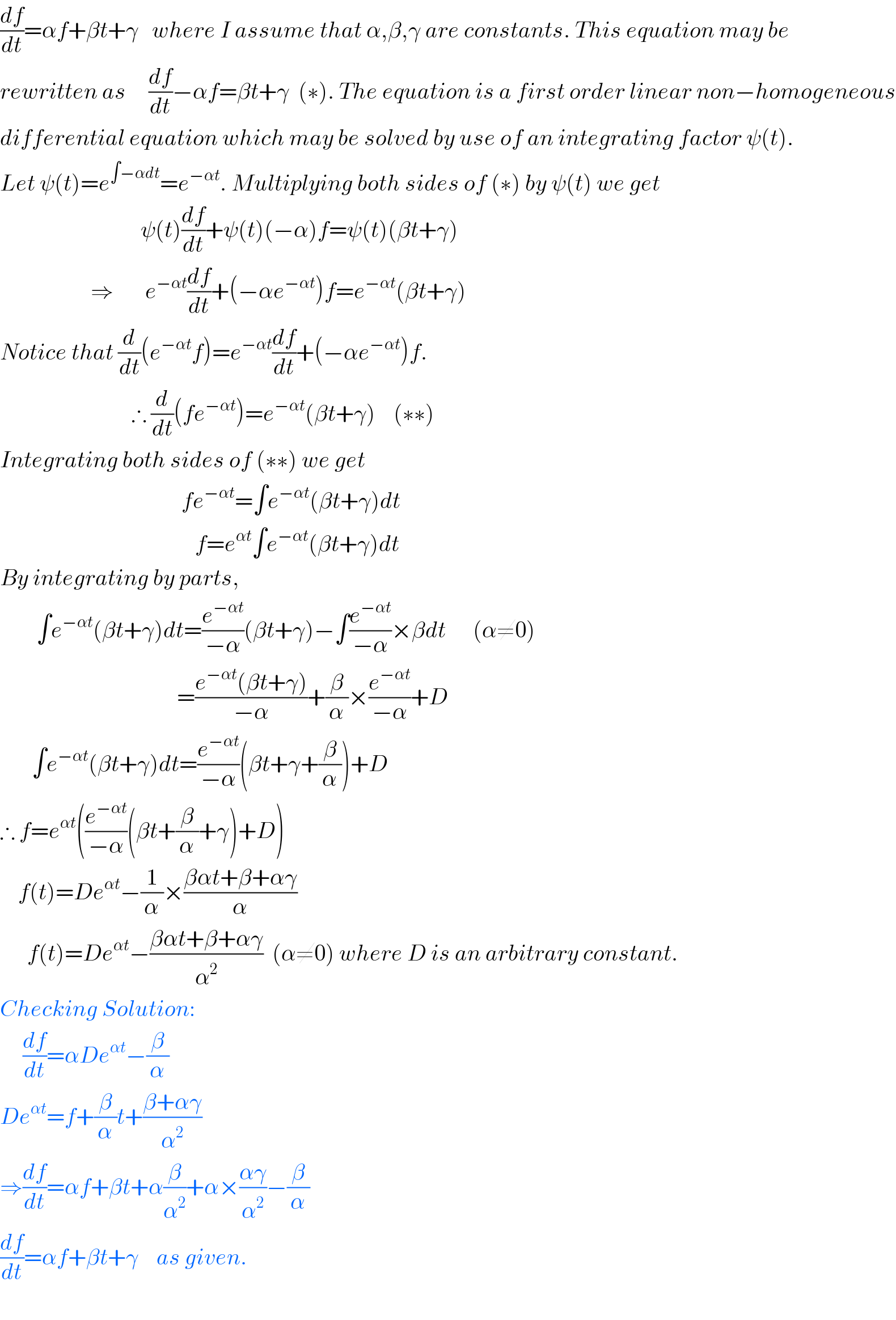
Question and Answers Forum
Previous in Differential Equation Next in Differential Equation
Question Number 1898 by 123456 last updated on 22/Oct/15

Answered by Yozzy last updated on 22/Oct/15

| ||
Question and Answers Forum | ||
Previous in Differential Equation Next in Differential Equation | ||
Question Number 1898 by 123456 last updated on 22/Oct/15 | ||
 | ||
Answered by Yozzy last updated on 22/Oct/15 | ||
 | ||
| ||